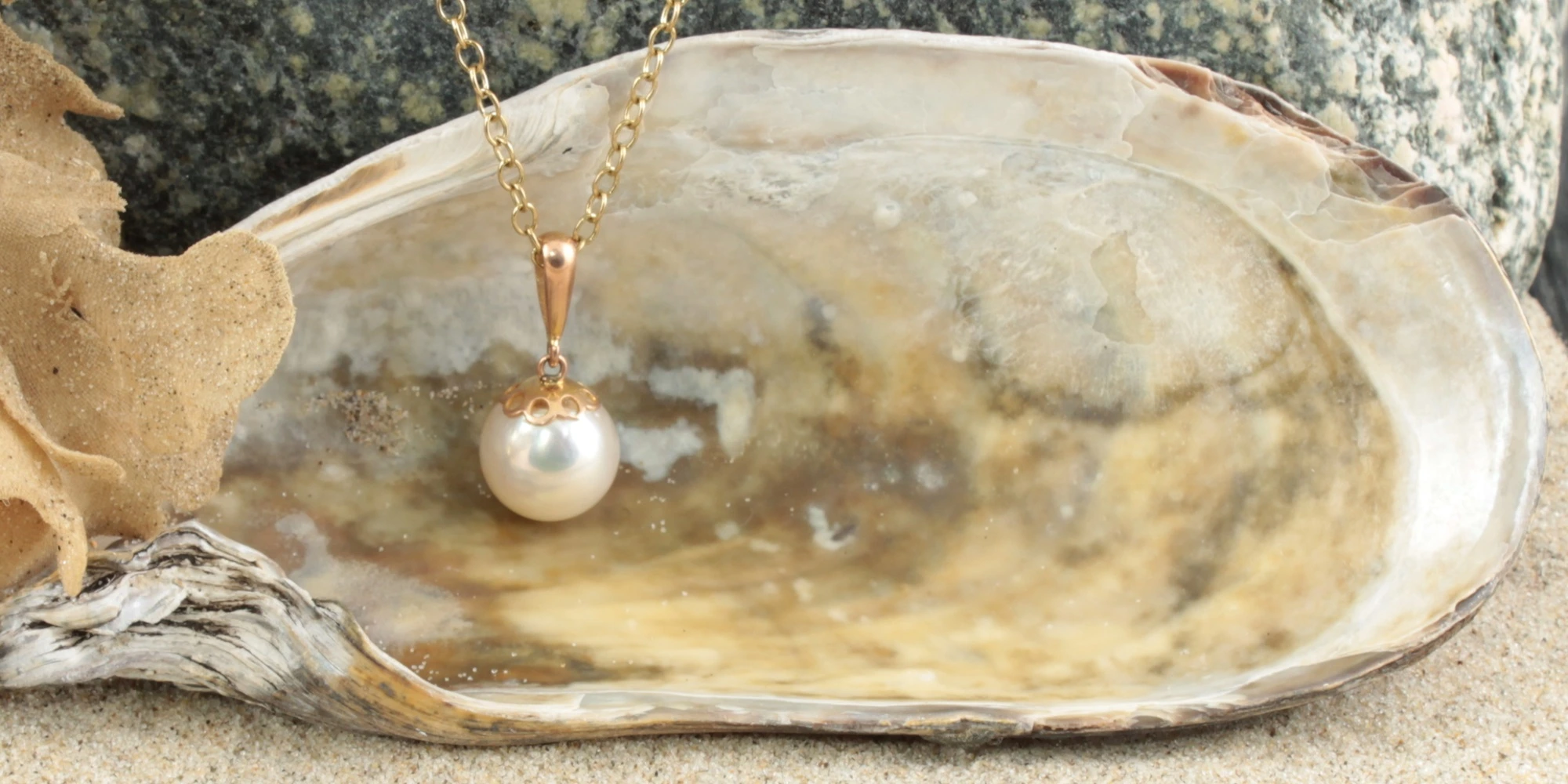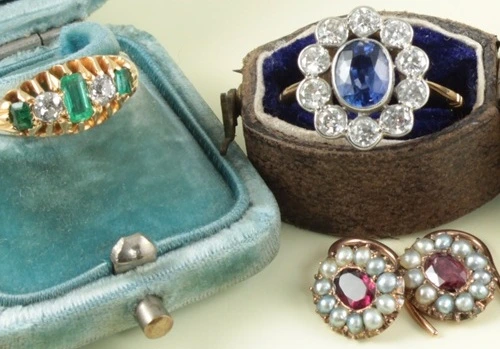Pearl
The name Pearl is believed to be from the Latin word “Perna” which means a type of shell. It is produced in bivalve mollusks, mostly of the oyster family ( Ostreidae ). It starts as an irritant in the mollusk. To cope with this irritant the mollusk will continuously coat the foreign object in nacre, also called mother-of-pearl. Nacre is mainly made from calcium carbonate and an organic horn substance called conchiolin. This organic gemstone gets its luster from overlapping platelets of aragonite ( calcium carbonate ), which have a film of conchiolin near the surface. It is this combination of aragonite and conchiolin that gives Pearls its iridescent colour called Orient. It comes in a variety of colours including white, cream, silver, pink, golden, blue, green, and black. The colour is determined by the type of mollusk and the water in which it lives.
Saltwater Pearls: Are produced by sea mollusks, which live in relatively shallow coastal waters at a depth of about 50 to 65 feet. They are found in the warmer regions on both sides of the equator. Historically the most important region has been the Persian Gulf. Which has produced the finest qualities, in rose and creamy white colour. The Gulf of Manaar, which lies between India and Sri Lanka was an ancient source of seed-pearl typically in a pink/red or yellow colour. Other important natural sources occur along the coasts of Madagascar, Myanmar ( formerly Burma ), the Philippines, many South Pacific Islands, Northern Australia, and the coasts of Central America. Saltwater Pearls are larger and considered superior to their freshwater counterparts, as such they are more expensive.
Freshwater Pearls: During the Middle Ages, the rivers of Europe were an important source of freshwater Pearl. Particularly rivers that are low in lime but rich in oxygen. Specimens found during this time automatically became the property of the ruling classes and had to be delivered to them upon discovery. However, due to the increased pollution of rivers from industrialization, the river mussels did not flourish or have since become extinct. Today what mussels do remain in European rivers are protected. There is however still a limited supply from some rivers in North America.
Cultured Pearls: During the 20th century, overfishing of mollusks and increased pollution led to a significant reduction in the supply. At the same time demand continued to increase, which led to advancements being made in cultivation. Allowing them to be commercially produced in large quantities. These are not an imitation but rather a natural product which has been produced with the assistance of people. To stimulate the mollusks, a very small bead made from mother-of-pearl is inserted into the mantle area of the mollusk. The mollusk is then placed in wire cages, at a depth of twenty feet in the water and left to develop for two to three years. Today there are both saltwater and freshwater farms, which produce 90 percent of the Pearl sold each year.
History & Lore
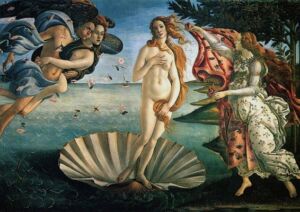
To the ancient Greeks, Pearls symbolized love and romance. They believed that they were the tears of joy from the goddess of love Aphrodite. They also believed that a bride who wore Pearls on her wedding day would never shed tears.
To the ancient Egyptians, they symbolized the moon and its magical powers. They also associated the gemstone with Isis, the goddess of life and healing. To the Egyptians, Pearl was so precious that they were buried with it. Cleopatra the last Queen of Egypt, is said to have wagered a bet with Marc Antony that she could host the most expensive banquet ever. At the meal, Cleopatra is said to have taken one of a matching pair of Pearl earrings, the largest pair in the world at the time. She dissolved it in a goblet of vinegar and the drank it. Astonished Marc Antony is said to have declined his dinner, the other Pearl, and admitted that she won. It is estimated that in present-day money the Pearl Cleopatra dissolved was worth $28.5 million.
During Christopher Columbus`s repeated voyages to the New World, he encountered native people wearing Pearls. Which led to the discovery of vast natural Pearl beds off the coast of Venezuela and Panama. From these beds, huge quantities were exported to the European market. So much in fact, that both Monarchs and the nobility in Europe wore them by the hundreds. Leading costume historians to call this period the ” Great Age of Pearl “.
Famous Pearls
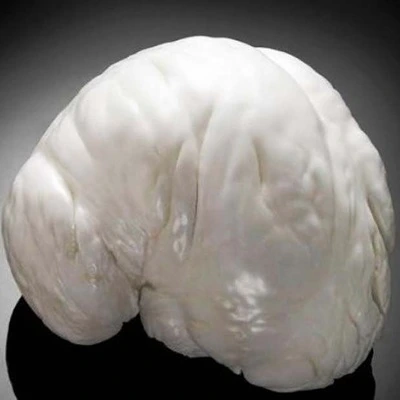
The Pearl of Allah
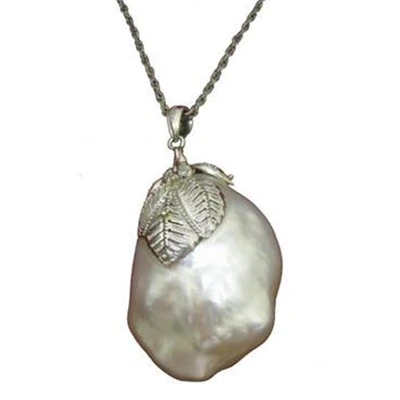
The Imperial Hong Kong Pearl
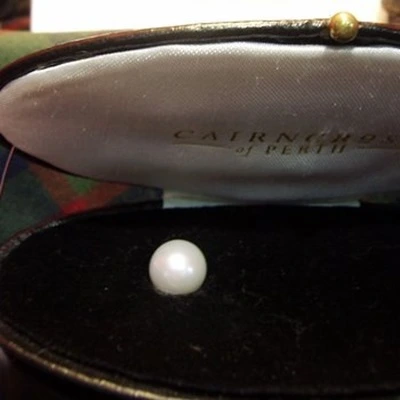
The Abernathy Pearl
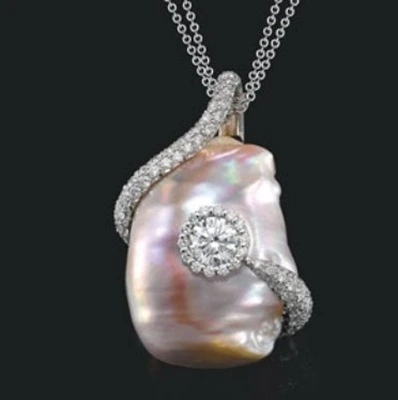
The Big Pink Pearl

La Peregrina Pearl
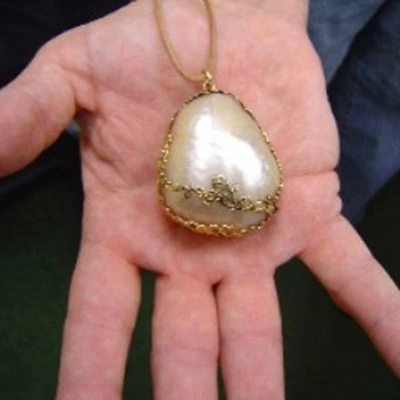
The Gogibus Pearl

The Arco Valley Pearl
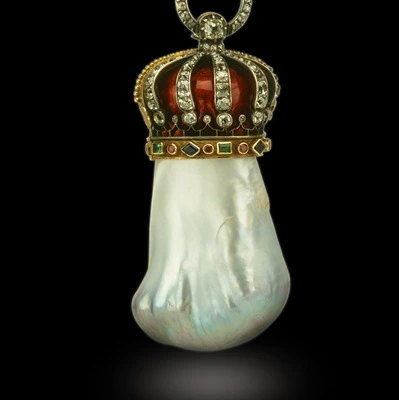
The Hope Pearl
Care and Maintenance
While there is no defined lifespan for Pearl, with some being hundreds of years old and still in perfect condition. It is estimated that most will have a lifespan of 100 to 150 years. The organic horn substance called conchiolin which is mainly responsible for the luster, can easily be damaged. If they are allowed to dry out excessively it can lead to a dullness and even fissures occurring. They will absorb the natural oil from your skin when worn and as such frequent use will prolong their lifespan. It is for this reason that museums, will arrange for their display pieces to be worn regularly. They are also sensitive to acids, cosmetics, perfume, and hair spray. So it is best to put on your jewellery on after your make-up has been applied. When cleaning Pearl jewellery, it is best to use a soft lint-free cloth and clean lukewarm water. Dampen the cloth and gently wipe, do not use any cleaning agents or soap as it will destroy the lustre.
Pearl has a hardness of between 2.5 to 4.5 on the Moh`s scale and as such is relatively soft. So when storing, it is important that they are kept separate from metal and/or gemstones. In the case of necklaces, it is recommended to have them restrung every 3-5 years. It is also recommended to have them inspected regularly by a reputable jeweller, to prolong their life.

Pearl Gemological Data
Colour: White, cream, pink, silver, gold, green, blue, black.
Colour of Streak: White.
Moh`s hardness: 2.5 – 4.5
Density: 2.60 – 2.85
Cleavage: None.
Fracture: Uneven.
Crystal system: Orthorhombic, microcrystalline.
Transparency: Transparent to opaque.
Chemical composition: Calcium carbonate, plus organic substances.
Refractive index: 1.52 – 1.66
Double refraction: -0.156
Pleochroism: Absent.
Dispersion: None.
Fluorescence: Weak.
For Researchers and Journalists
Recommended Citation (MLA) Format:
Hoyne, John. “Pearl.” Carus Jewellery, n.d., https://carusjewellery.com/pearl/.
You can also get in touch with Carusjewellery.com on Facebook , were you may leave any comments or questions you may have about this article.

